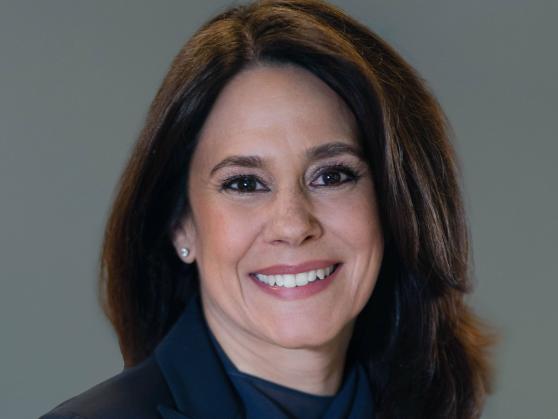PoundSterlingLIVE - The Dollar found little support from elevated tensions in the Middle East and has retreated further from last week's highs after members of the Federal Reserve helped stem a selloff in U.S. Treasuries by signalling that perhaps enough has been done by way of raising interest rate hikes.
The Pound to Dollar exchange rate rose as high as 1.2262 and recorded a third successive daily advance after Federal Reserve Vice Chair Philip Jefferson said the central bank could "proceed carefully" in assessing whether a further hike is needed given the surge in bond yields.
U.S. Treasuries have led a global bond rout that meant bond yields soared, raising the cost of borrowing not just in the U.S. but across the world. This rise in the cost of borrowing theoretically constricts spending and helps the Fed's battle against inflation.
"Higher term premiums result in higher term interest rates for the same setting of the fed funds rate, all else equal. Thus, if term premiums rise, they could do some of the work of cooling the economy for us, leaving less need for additional monetary policy tightening," said FOMC member and Dallas Federal Reserve President Lorie Logan.
The comments suggest the Federal Reserve has taken note of surging bond yields and will consider the associated tightening in credit conditions into consideration when forming future monetary policy decisions. In short, the Fed's recognition of recent market developments has lowered the odds of a further rate hike in November.
This tempers the 'higher for longer' narrative on U.S. interest rate expectations, which has been instrumental in fuelling the Dollar's multi-week rally.
The U.S. Treasury 10-year yield has dropped 16bp to 4.64% in response to Logan and Jefferson's comments.
"At the heart of that drop in yields has been commentary from two Fed officials yesterday," says Chris Turner, who heads FX research at ING Bank. "The market is starting to think that the central bank does take greater notice of bond yields after all."
Logan's focus on the 'term premium' is notable given economists believe this is a crucial driver of the selloff in bonds (and the associated yield rally).
The term premium is one component of a bond's yield and is defined as the compensation that investors require for bearing the risk that interest rates may change over the life of the bond.
Turner explains people have been watching the huge swing in the U.S. Treasury term premium over the last month and for the 10-year Treasury yield in September, the term premium was estimated at -50bp by some popular Fed models.
"This is now estimated at +30bp as investors demand greater compensation for holding the duration risk of long-dated U.S. Treasuries," he adds. The Dollar's rally might be put on hold if a notion grows that the bond yield rally has reached its peak.
The Dollar's next challenge will be Wednesday's release of Producer Price Index (PPI) inflation figures that show how price pressures at the country's factories are evolving. Price changes here tend to lead to developments in the more important Consumer Price Index (CPI) measure of inflation.
Thursday contains the week's highlight in the form of the CPI inflation release for September. The exact same themes relevant to Wednesday's PPI release apply here, except the market impact should be a number of degrees larger.
Headline CPI inflation is expected to have fallen from 0.6% month-on-month in August to 0.3% in September.
Such a development is consistent with the downtrend in U.S. inflation which will mean the Fed is close to ending its rate hiking cycle, give or take an additional 25bp hike in November.
As always, the market-moving impact would come from a surprise to the upside (+USD) or downside (-USD).
An original version of this article can be viewed at Pound Sterling Live
